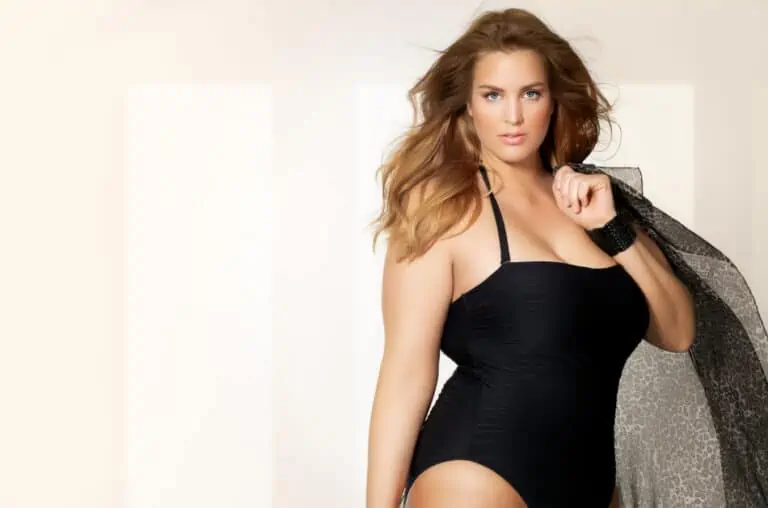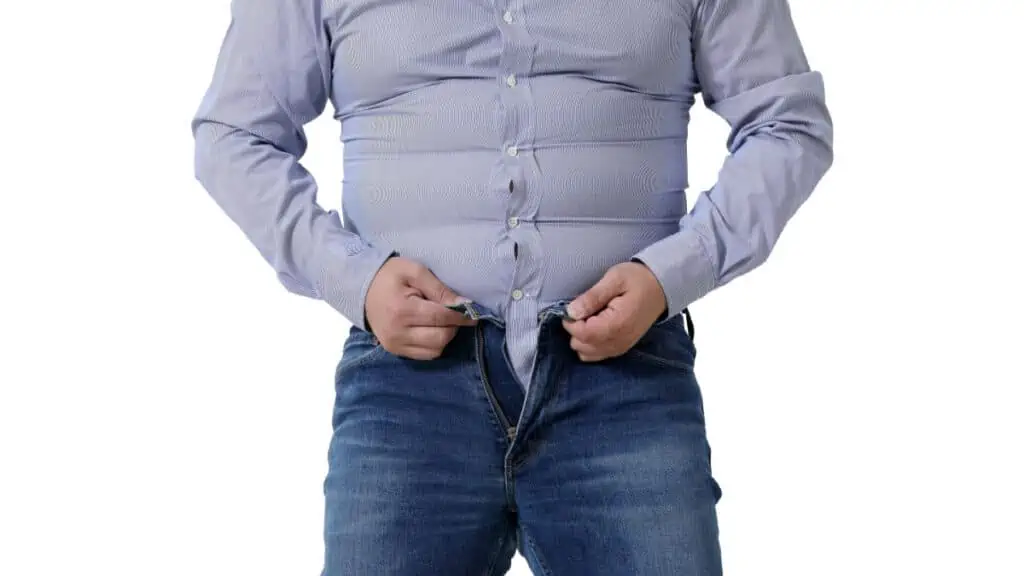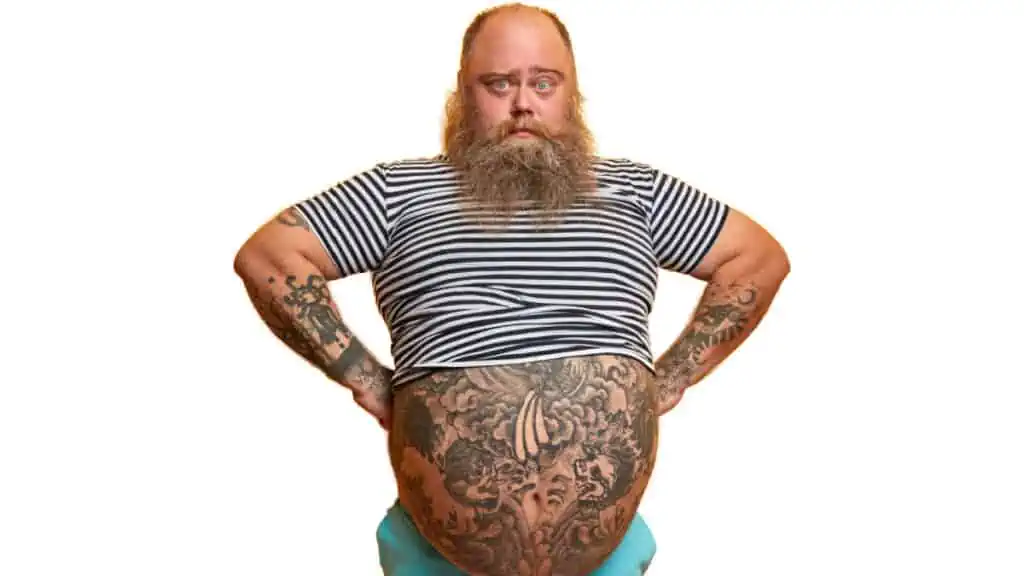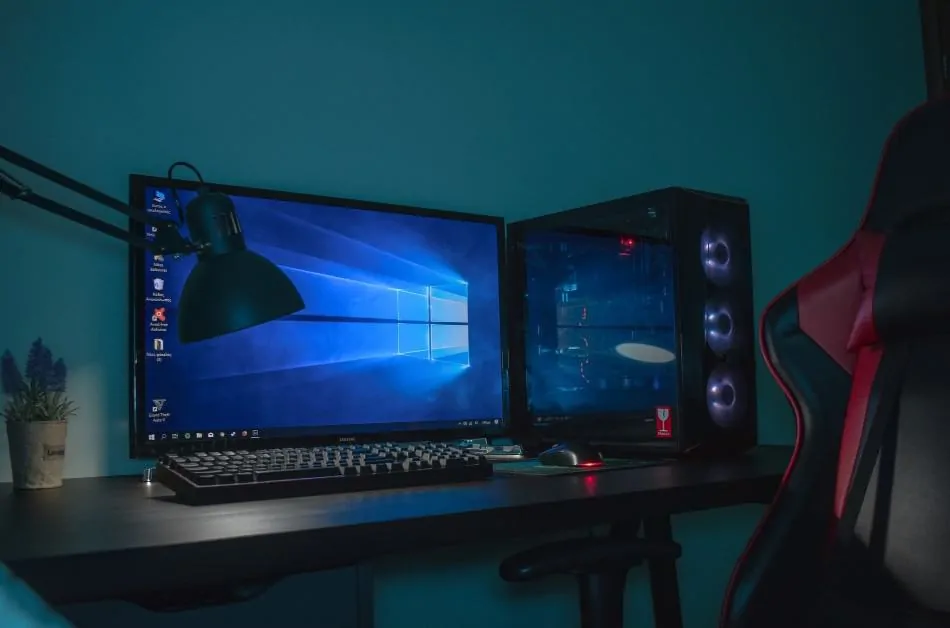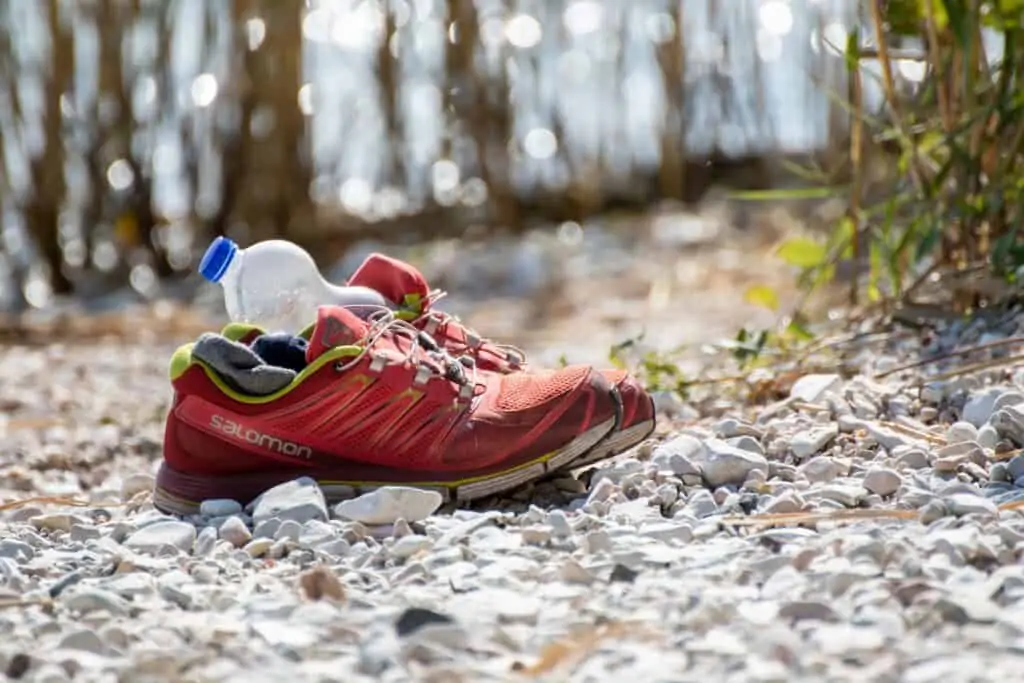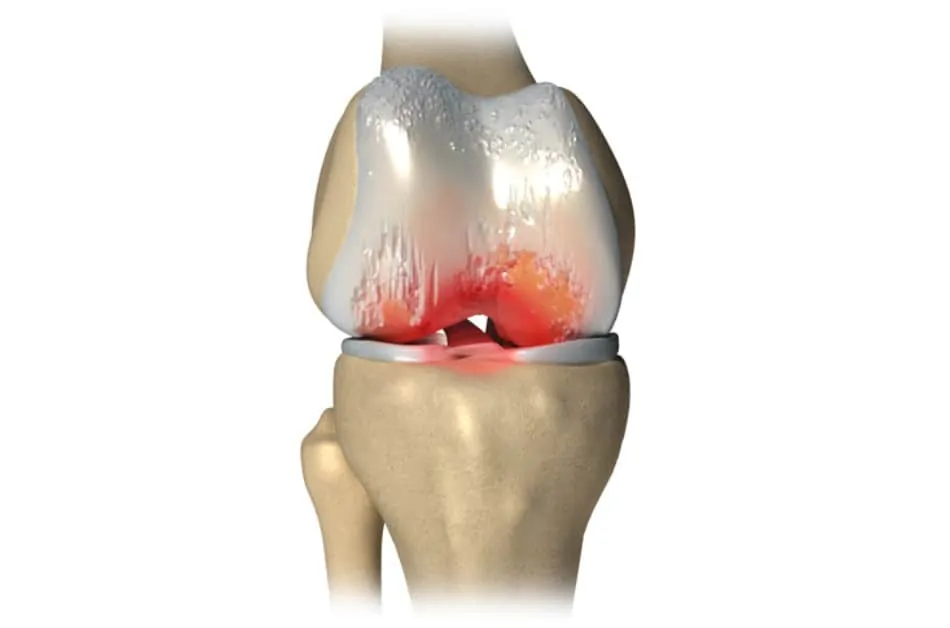The days of starving to have a “model bod” are history as the modeling industry becomes more size-inclusive. At least I hope they are.
Learning to love your body as it is will be one of the best things anyone can do in their life. However, that doesn’t mean that you should just accept everything and not try to improve anything.
Where digital media models can come at any size, the catalog and product modeling gigs remain reserved for the traditionally lean and plus-size sides of the spectrum. If you choose to pursue a plus-size modeling career, you might have a relatively easier time, but it isn’t as easy as most think.
Plus-size models work out and eat right to maintain their weight and shape. Plus-size models typically lead active lifestyles which require a level of fitness that they gain through regular exercise. Regular exercise is also required to maintain skin tone, muscle mass, and a “modelesque” shape.
In this article, we will cover the steps required to enter the plus-size modeling niche. But more importantly, we will dispel the myths surrounding fitness and being plus-sized, including why plus-size models don’t get skinny despite working out. So let’s get started!
Plus-Sized Models and Fitness
It is often assumed that plus-sized models don’t work out and the rationale for this discriminatory assumption is that if they worked out, they would not be plus-sized.
You might already know that working out doesn’t automatically make you slim if you’re plus-sized. Rather, many plus-size models work out not for weight loss but for increased fitness and to have a (to them) more pleasing shape.
Plus-Sized models with corporate representation and ambassadorship deals must stay healthy by working out and following a reasonable diet plan. This is because promoters and the brands backing a model don’t want them to suffer from medical issues related to a sedentary lifestyle.
There is plenty of judgment and prejudice around plus-sized individuals. For one with an audience to suffer from diabetes, cardiac issues or any other obesity-related medical problems would fuel the trolls and the fitness brigade online.
Plus-sized models don’t work out or eat like a standard mainstream model. Instead, they work out and eat appropriately by everyday human standards.
Here is why that doesn’t turn them into ‘average-sized’ or ‘super-slim’ models:
- Slow Metabolism – Most plus-sized models aren’t slim people trapped in fat bodies. They have a slower metabolism and even an average diet would make them bigger than their peers.
- Maintenance Diet – Plus-sized models are never pressured into a weight-loss diet. Instead, they are supposed to be on a maintenance diet and exercise plan that ensure that they don’t gain more weight.
- Lower Aerobic Exercise – Plus-Size models usually work out their muscles. Doing so strengthens their bodies without making them lose fat.
Why Do Plus Size Models Exercise? (If Not To Lose Weight)
Plus size models work out not merely to lose weight, but for a variety of reasons that relate to overall health and wellness.
Firstly, exercising improves cardiovascular fitness, which is essential for heart health, regardless of one’s size.
Moreover, regular workouts can enhance muscle tone, posture, and flexibility, all of which can greatly influence a model’s on-camera presence and performance. It also contributes to increased stamina and energy levels, enabling the models to endure long hours of shoots and shows.
The mental health benefits are also significant; exercise releases endorphins, known as ‘feel-good’ hormones, which can help manage stress and anxiety levels.
Moreover, maintaining an active lifestyle helps regulate sleep patterns and contributes to overall better health, without necessarily leading to weight loss. Therefore, plus-size models, like anyone else, can work out for reasons much beyond weight control.
4 Plus Size Models And Their Thoughts On Working Out
1. Ashley Graham
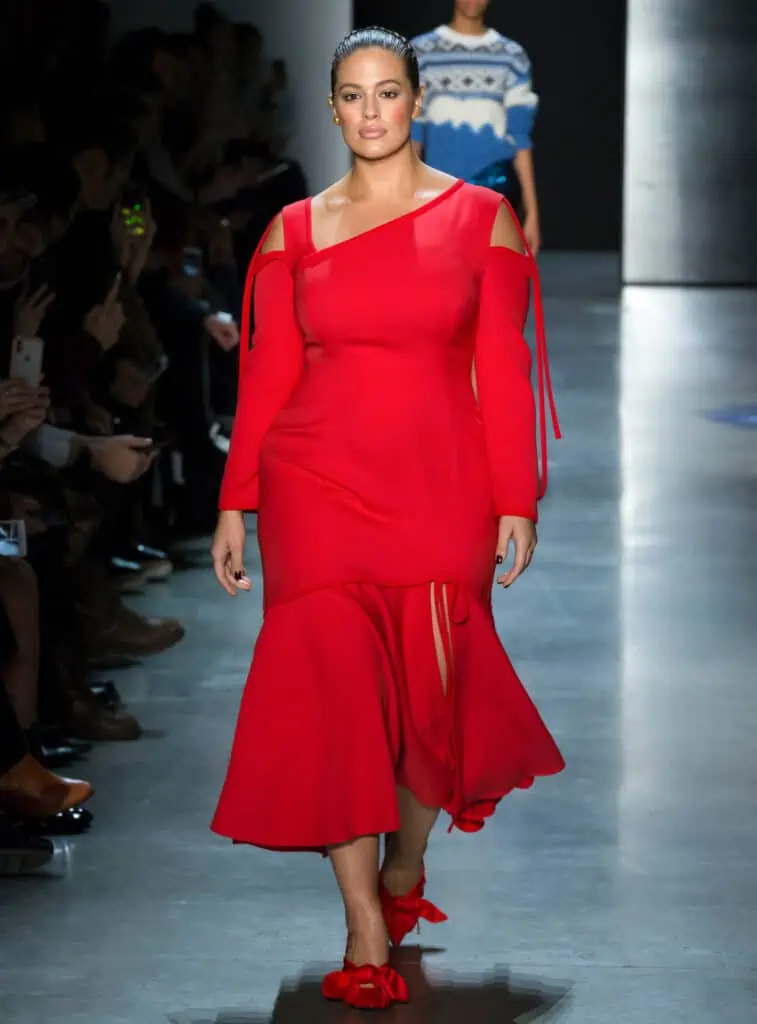
Known for breaking barriers in the fashion industry, Ashley Graham is a prominent plus-size model and a proponent of body positivity. She is known for her approach to fitness, often sharing her workout routines on social media. Graham once said, “I love my body. When I look in the mirror, I see a woman who is strong and ambitious, satisfied with who she is.”
2. Tess Holliday
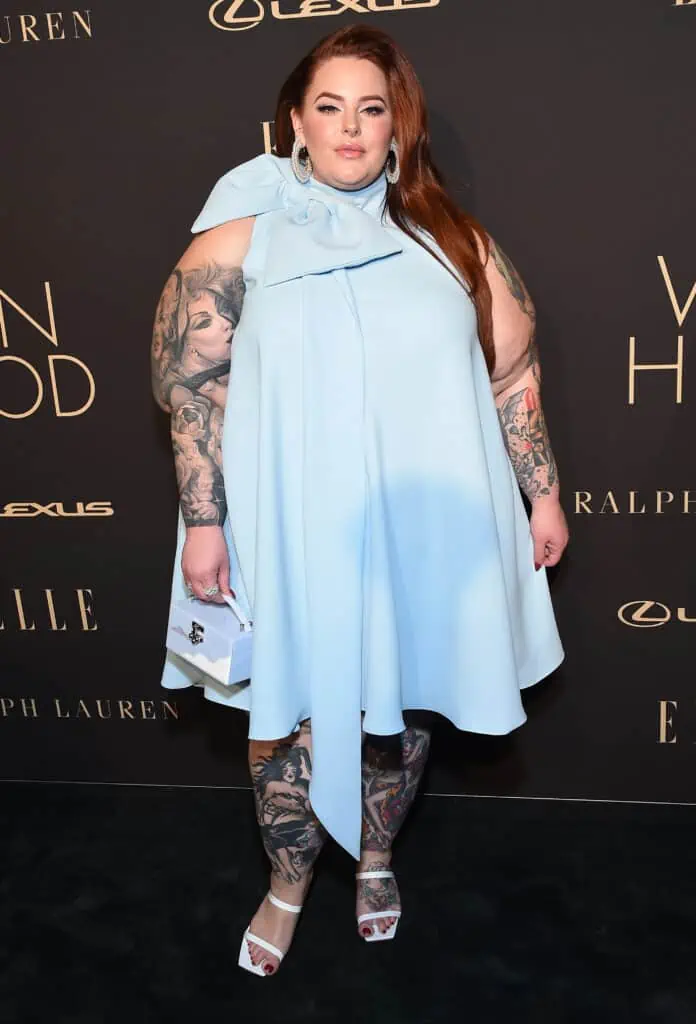
Tess Holliday, a well-known plus-size model and body activist, once said, “Exercise is not about losing weight, it’s about loving your body and the strength that you find within it.” She has always advocated for health at every size, and promotes the idea that everyone can be active and fit, no matter their size.
3. Iskra Lawrence

Iskra Lawrence is not only a famous plus-size model but also an advocate for body positivity. She encourages her followers to embrace exercise not as a tool for weight loss, but for overall wellness and happiness. She once shared, “Exercise should never be a punishment and you should never workout because you ‘hate’ your body but because you love it.”
4. Candice Huffine
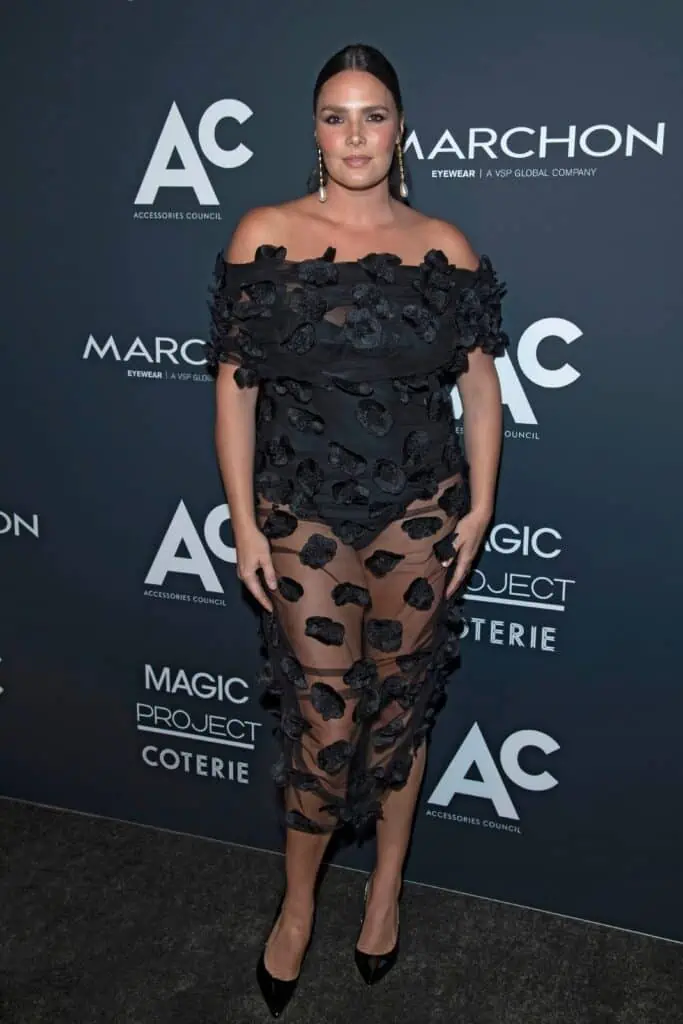
Candice Huffine, another famous face in the plus-size modeling world, turned to running as a form of self-care and now encourages other women to do the same. Her quote, “I’m not out to change my body, but I am out to feel strong and powerful and sexy, and running does that for me,” encapsulates her approach to fitness.
To round out these thoughts I’ll share one of my favorite quotes about exercise from model Robyn Lawley. She said, “Exercise is for the body, not just for the looks. It’s for your mind. It’s for what’s going on inside.”
So, Are Plus-Size Models Lazy?
Plus-size models are more active than the average individual because they need to maintain weight. As many plus-size individuals naturally have a slow metabolism, they need to remain fairly active and limit their sugar consumption to avoid getting even bigger.
Unfortunately, plus-sized models are still seen as lazy.
This stigma is because people infer one’s activity levels from their weight. In reality, one’s metabolic rate and eating habits contribute to their weight (or lack of it). Plus-sized models are much more liberal with their diet than the average model.
A plus-sized model may eat more than an average individual in some cases. This is certainly true for these models before they get their first big contract. Once they fit the mainstream image of a plus-size ideal, they have to work hard not to go above or below their weight.
Is It Hard to Be a Plus-Size Model?
Just because it is easier for some people to be plus-size than to have a six-pack doesn’t mean it is easier to become a plus-size model than it is to become a regular model.
In fact, with the average woman in the US coming in at around 30 lbs overweight you have all the more competition as a plus-size model.
It is hard to be a plus-size model because it is easier to become a plus-size person. A lower barrier to entry increases competition, which makes getting gigs harder. Add the small plus-size marketing quota and fewer body-positive brands, and the milestone becomes nearly impossible.
In contrast, it is extremely difficult to become a mainstream-sized model, but that reduces the competition in the space, making it easier to enter the industry. The pay for fresh models isn’t much either way, but it is easier to get paid with a slim frame.
So what does that mean for you if you are on the bigger side?
It simply means that you have to be more strategic. Work smart and not hard to bring to the table what brands cannot refuse. And that includes caring for your body through exercise.
What Does It Take To Become a Plus-Size Model?
You need to have a following or a traditionally pretty face to become a plus-sized model. A combination of the two can increase your chances of success.
Above all, you need to be curvy and have a thick enough frame to represent a plus-size individual.
If you want to become a plus-size model without going the traditional “model” route, you have a few options. The first is to build an organic following on Instagram or TikTok, then approach brands as a micro-influencer. The second is to audition in a traditional talent-scouting style setup. Which is best for you depends on the opportunities around you.
How to Become a Plus-Sized Model?
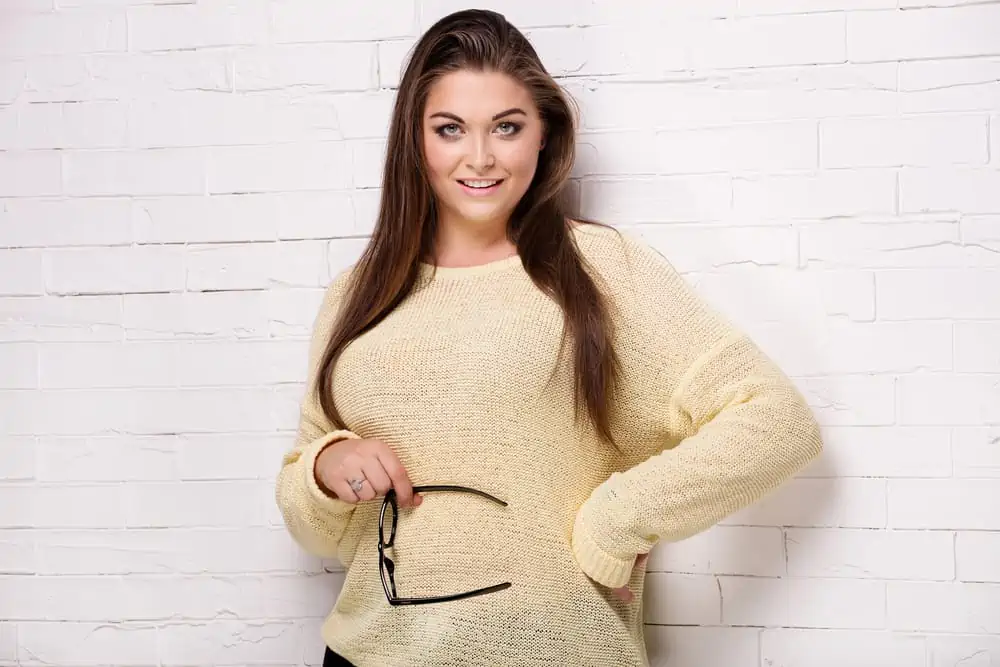
If you want to pursue a career as a plus-size model, here are some tips to help you out:
- Get stylish – Talent scouts should be able to envision you as a representative of style-conscious plus-size individuals. If you take shirtless pictures or shots in loungewear, you better wear an inclusive brand like Savage X Fenty.
- Create content – After shopping for plus-size designer wear, you need to create content modeling the products. If you can’t hire a photographer, you can shoot video clips using a tripod.
- Develop a fanbase – By posting your content on Instagram, following other content creators, and collaborating with friends, you can grow your audience. The bigger your audience, the easier it is to sell your modeling services.
- Look for auditions – Once you have 1000 followers and over 100 pieces of content, you can start looking for auditions. To maximize your chances of being selected, you need to have portfolio shots in your content.
- Sign your first deal – After enough auditions, you’ll eventually get a deal. Sign it, and you’ll be an actual full-time model.
TL;DR: Do Plus-Size Models Work Out?
Being a plus-size model is more difficult than being a plus-size individual, whereas being a traditional model is as hard as being traditionally fit.
The barrier to entry for skinny models is much lower. But if you are plus-size, you’ll have an easier time building your portfolio and relentlessly auditioning than you will by trying to lose weight to become a conventional model.

